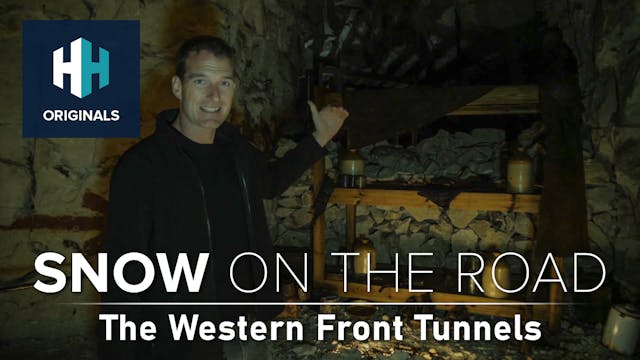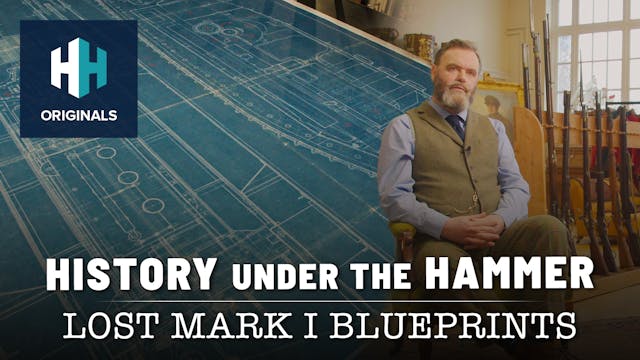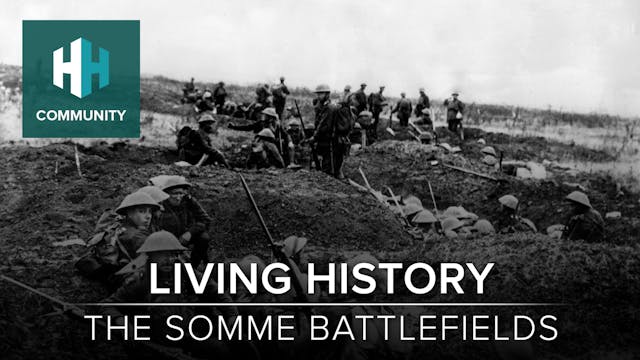It was the war to end all wars. In 1914, catastrophe struck Europe as great power diplomacy failed and alliance systems mobilised vast armies against one another in a conflict that dragged on in bloody stalemate for four long years. Nations geared their entire economies towards victory and called up their populations into active service. The intense fighting cost millions of lives and devastated the landscape. British photographers and cameramen were sent to the heart of the action to capture what was happening for the public at home.
But this was also the age of modernism in art. Young painters had been rejecting photographic realism for the expression of emotion and the celebration of the machine age, and the government gave artists extraordinary freedom to depict their experience of the conflict.
What they encountered, the decimated earth and blasted trees of the trenches, devastated cities. Bodies blown to bits were as fragmented and as deconstructed as the most avant garde images painted by cubists and futurists in the preceding decade, and those paintings of the Western Front were some of the most shocking and powerful works of art from any period in history.
In this documentary historians Stephen Badsey, Rebecca Newell and Gordon Corrigan analyse the impact of World War One on contemporary artwork that depicted the brutal and bloody conflict.
Up Next in World War One
-
The Western Front Tunnels
The creation of man-made underground tunnels played a huge role in the outcome of the First World War. They were first dug to mine under enemy positions and detonate bombs or attack in desperate and fierce fights. As the war dragged on, nevertheless, they developed another purpose: providing sold...
-
History Under the Hammer: Lost Mark I...
Auctioneer Paul Laidlaw provides a tour of Laidlaw's Militaria collection in Carlisle, which is home to the only known surviving blueprint of the British Mark I Tank.
-
Living History: The Somme Battlefields
The Battle of the Somme, which began on 1 July 1916, is remembered as one of the bloodiest events of the First World War. On the first day of the offensive, one man was killed every 4.4 seconds, making it the bloodiest single day in the history of the British Army. There were over a million casua...




8 Comments